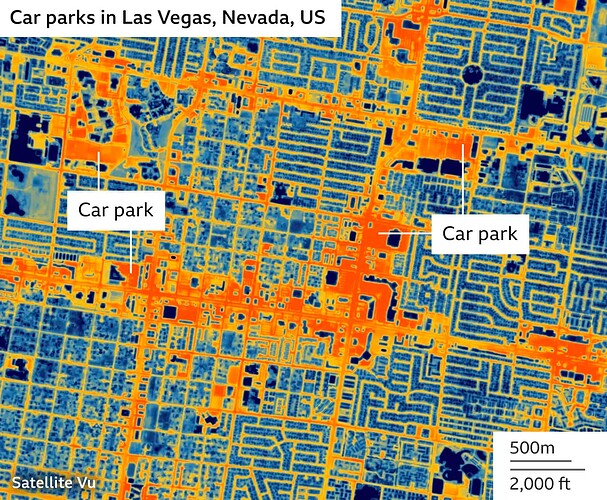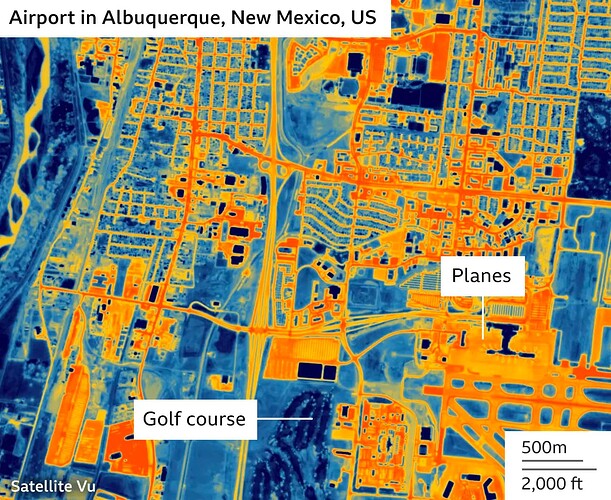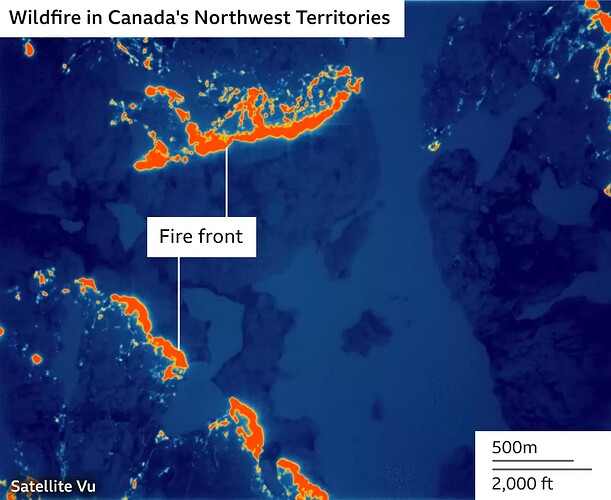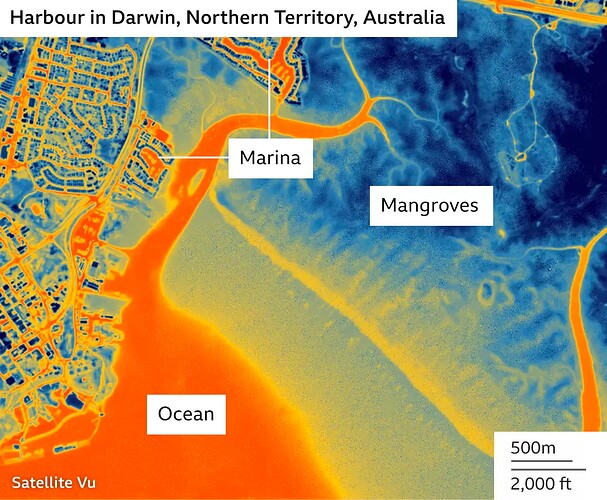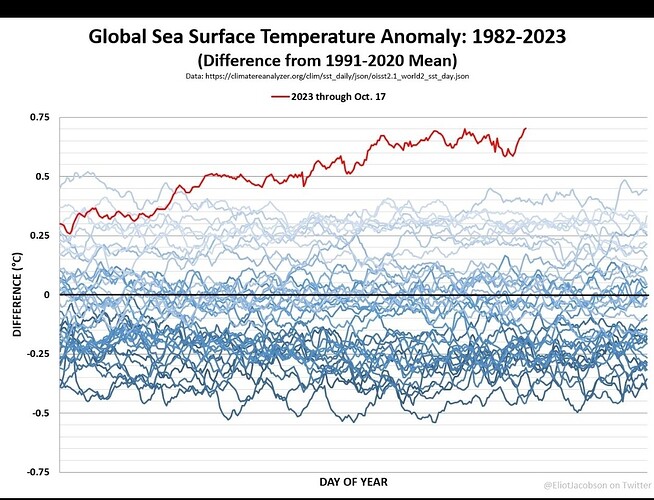I expect that’s what’ll happen. Of course plastic overproduction is a kettle of environmental fish all of its own.
Lol. I’m actually very relaxed.
Might open a nice bottle of red tonight. You?
We have nice red most nights, and some very good Riesling at the moment.
I like a cool climate red. Make the most of it while you can ![]()
Indeed!
While grapevines are described as “one of the most valuable weeds in the world”, capable of growing almost anywhere, the fruit itself is vulnerable to its environment.
And climate change is already messing with flavour and quality. Heat affects the speed at which the grapes ripen and with it, their sugar and acidity levels.
Interesting article about retained heat in major cities; here are a few classic examples:
This one is a bit confusing however I suspect water temperature in Darwin Harbour is quite warm…anyway, compare this to the mangroves
Recently I’ve noticed a starker difference in temperature between areas of the city with plentiful green space and areas which are just concrete wastelands
Shade is one thing, but I think the moisture in the plants makes a big difference. Evaporation takes energy, so I’m guessing the trees are “sweating” and cooling down as they release water.
It’s almost as if Nature knows best about how to manage the planet for life.
And we prefer to make car parks.
Someone should write a song about that.
A vast methane leak has been discovered at the deepest point in the Baltic Sea, and masses of bubbles of the greenhouse gas are rising far higher into the water column than scientists had expected.
Researchers found the enormous leak 1,300 feet (400 meters) beneath the water’s surface during an expedition to the Landsort Deep — the Baltic’s deepest spot — in August. The area leaking methane is roughly 7.7 square miles (20 square kilometers), equivalent to about 4,000 soccer fields.
“It’s bubbling everywhere, basically, in these 20 square kilometers,” Marcelo Ketzer, professor of environmental science at Linnaeus University in Sweden and project leader, told Live Science.
In shallower, coastal seabeds, methane bubbles up from decaying organic matter, while in deeper water, it tends to disperse via diffusion — meaning no bubbles are needed — and most of the diffuse methane remains in the deepest water. But the new leak doesn’t follow this pattern.
“By discovering this [leak], we realized that there’s a totally different mechanism supplying methane to the bottom of the Baltic,” Ketzer said.
We were discussing recently the pros and cons of underground transmission. NSW upper house did a great deep dive into this. Page 22 is where the $$$ start to get discussed.
Take aways:
- for Humelink a/g $4.8B, u/g $11-17B. This on a project that has a 2.2:1 payback.
- transmission needed asap to replace coal in the short term.
- social licence better for u/g, a/g big delays.
- construction for Humelink would be delayed by 5 years, mostly due to complete redesign. No good indication what impact on new design projects would be.
- main reason a/g selected is cost to the consumer, driven by both sides of government containing inflation.
This is really sad.
Brazil is reaping what it has sowed, having had what is probably the world’s greatest deforestation.
Four Corners are doing a story about this tonight.
Thanks. I’ll definitely check that out.
Just thinking…The tide range up around Broome is about 5m, and it comes in twice a day, so the props can be set to generate power 8 x times each day, every day. The only problem is getting this generated clean power to someone who can use it. Still, investors reckon its viable to build a giant solar farm in the NT in order to sell clean energy to Singapore, so transporting energy some distance doesn’t seem to be an insurmountable problem…
Meanwhile, back in the burbs, perhaps this can be pretty good option as a back up to solar and wind power.
Has anyone considered that in 2055 when we get those nuculeer subs we might just use them to power our floating algae harvesting villages? Like how you can use your Tesla to keep your Playstation going in a blackout. Spitballing this morning.
